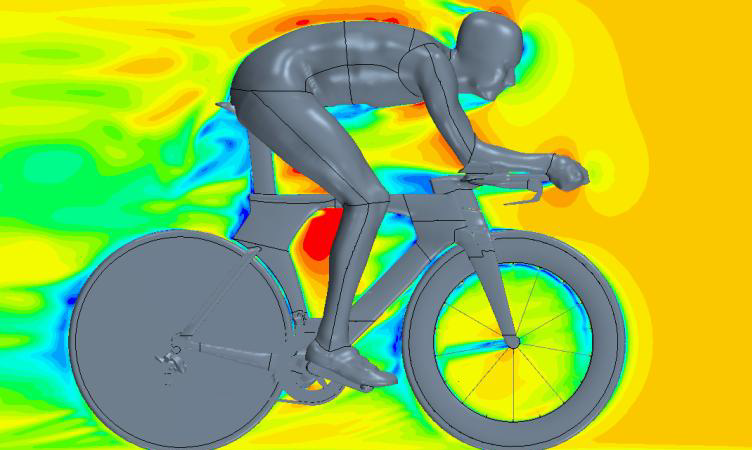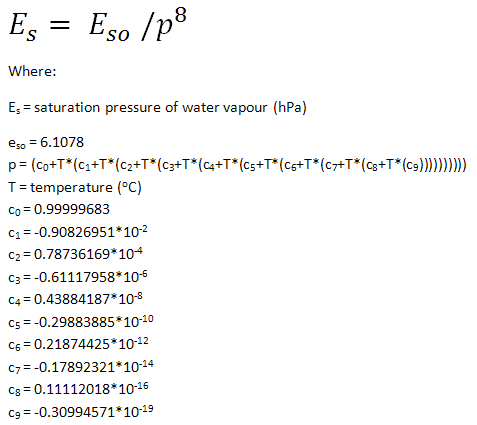Hi
Apologies for the self publicity, but after far too long, I've set up a blog to record my thoughts on my ongoing project to measure real world wind conditions and improved data collection for VE drag calculations.
It's not a commercial proposition yet, just a record of my little hobby project.
Comments and suggestions welcome.
Developing aero, fit and other fun stuff at Red is Faster
Apologies for the self publicity, but after far too long, I've set up a blog to record my thoughts on my ongoing project to measure real world wind conditions and improved data collection for VE drag calculations.
It's not a commercial proposition yet, just a record of my little hobby project.
Comments and suggestions welcome.
Developing aero, fit and other fun stuff at Red is Faster
Last edited by:
SkippyKitten: Nov 11, 17 0:11





